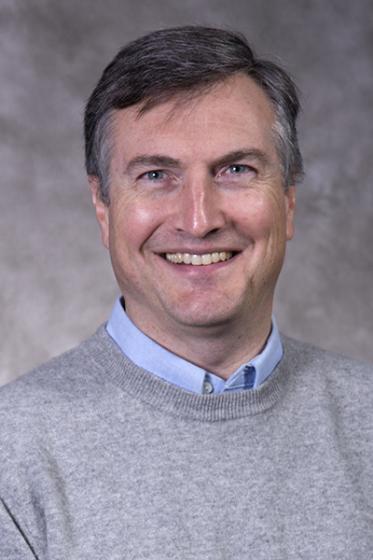
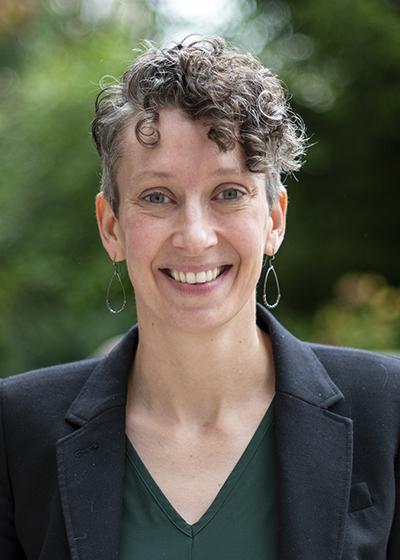
Elizabeth Hajek

Tanya Furman
My research is motivated by fundamental questions of whole Earth evolution. A key geodynamic question is how large-scale mass transfer occurs between deep and shallow regions of the mantle. This question is important because the phenomena of mantle plume activity, continental rifting and plate convergence are intimately linked to the thermo-chemical structure of the deep Earth. Related questions are the extent to which the mantle preserves geochemically discrete reservoirs, and how chemical heterogeneities from the mantle are manifest in the compositions of mafic lavas. Research in East Africa, Turkey and Saudi Arabia explores the geochemical consequences of large- and small-scale lithospheric delamination associated with slab rollback and/or breakoff and lithospheric drip magmatism. Research throughout the East African Rift System evaluates models of continental break-up and the initiation of oceanic rift segmentation using structural and geochemical evidence. My work also includes study of the dynamics of volcanism and lithospheric modification in subduction environments. These volcanoes have the capacity for explosive activity that could prove fatal to millions of people, so characterizing magmatic processes and eruptive behavior is critical. My approach to these questions combines field work, geochemical analysis and microanalysis of mineral textures and compositions to determine thermal, chemical and physical properties of eruptive systems. My ultimate goal is to develop a robust model of lithospheric behavior that compares and contrasts the geochemical effects of disturbance in extensional and compressional tectonic environments.
Current research projects include:
- Origin of the Tungnáhraun in SE Iceland: Earth’s largest basalt lava flows
- Deciphering the lithospheric metasomatic history beneath the African Western Rift
- Genesis of Eocene Turkish lamprophyres associated with orogenic collapse
- Evolution of heterogeneous mantle source domains beneath Anatolia
- Geodynamics of NW Saudi Arabia: diffuse Red Sea rifting, Dead Sea Fault evolution, plume material transport and mafic volcanism in young Harrat basalts
- Understanding controls on U isotopes in reducing environments
- Determining the silicate weathering feedback strength during critical Earth history events
- Reconstructing the marine redox state and Earth system feedbacks around the Ediacaran-Cambrian Transition
I am a high-temperature geochemist and petrologist who uses major and trace element abundance data and radiogenic isotopic signatures (Sr-Nd-Pb-Hf-He-Os) of volcanic rocks to study the evolution of the asthenosphere and lithosphere over geologic time. Most of my work centers on the development of volcanic and plutonic bodies that form in extensional and plume-related environments in the East African Rift, Iceland and the circum-Mediterranean (Turkey, Saudi Arabia). I earned my Ph.D. from the Massachusetts Institute of Technology after completing a BSE in civil engineering from Princeton University and a Fulbright to the University of Iceland. Prior to coming to Penn State, I was an assistant professor in the Department of Environmental Sciences at the University of Virginia and was the founding director of the UVa Branch of the Virginia Museum of Natural History.
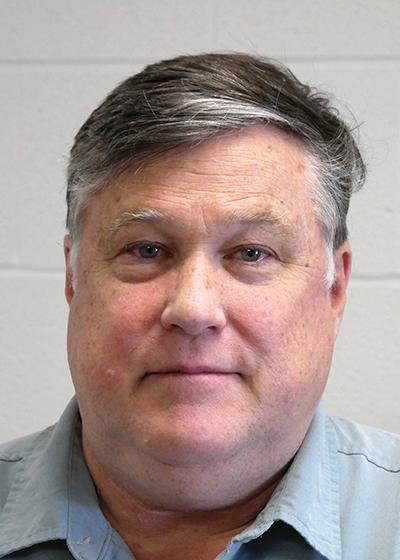
Kevin Furlong
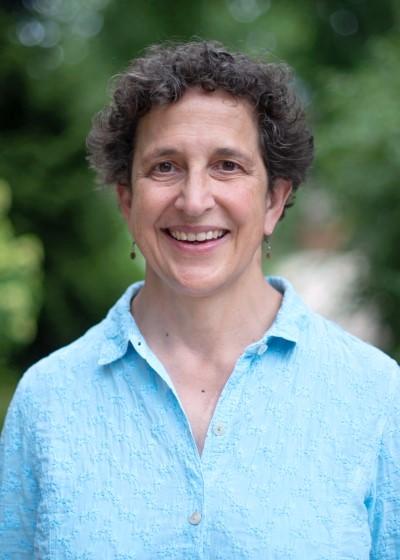
Katherine Freeman

Bradford Foley
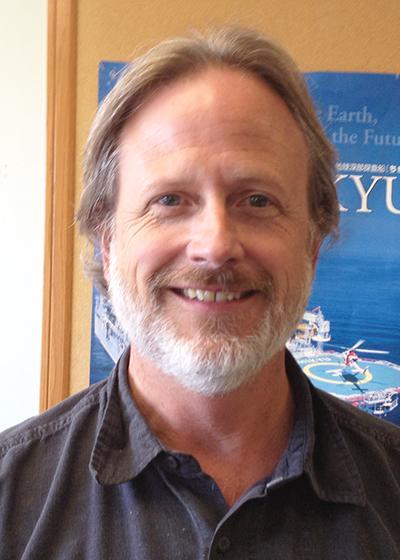
Donald Fisher
Fisher, D. M., Smye, A. J., Marone, C., van Keken, P. E., and A. Yamaguchi, 2019, Kinetic models for healing of the subduction interface based on observations of ancient accretionary complexes. Geochemistry, Geophysics, Geosystems, v. 20. https://doi.org/10.1029/ 2019GC008256
Fisher, D. M., Tonai, S., Hashimoto, Y., Tomioka, N. and D. Oakley, 2019, K-Ar dating of fossil seismogenic thrusts in the Shimanto accretionary complex, southwest Japan, Tectonics, DOI:10.1029/2019TC005571
Fisher, D. M., Hooker, J. N., and D. Oakley, 2019, Numerical models for slip along the subduction interface based on field observations, Lithosphere, v. 11, no. 3, p. 322-332.
Morell, K. D., Fisher, D. M., and N. Bangs, 2019, Plio‐Quaternary outer forearc deformation and mass balance of the southern Costa Rica convergent margin. Journal of Geophysical Research: Solid Earth, v. 124, p. 9795–9815. https://doi.org/10.1029/2019JB017986
Oakley, D. O., Kaufman, D. S., Gardner, T. W., and D. M. Fisher, 2017, Quaternary marine terrace chronology, North Canterbury, New Zealand, using amino acid racemization and infrared-stimulated luminescence, Quaternary Research, v. 87, p. 151-167.
Oakley, D., Fisher, D. M., Gardner, T. W., and M. K. Stewart, 2017, Uplift rates of marine terraces as a constraint on fault-propagation fold kinematics: Examples from the Hawkswood and Kate anticlines, North Canterbury, New Zealand, Tectonophysics, v. 724-725, 195-219.
Regalla, C., Fisher, D., Kirby, E., Oakley, D., and S. Taylor, 2018, Slip inversion along inner forearc faults, eastern Tohoku, Japan, Tectonics, v. 36, 2647-2668.
I am a structural geologist who uses field and microstructural observations to study processes occurring along active convergent plate boundaries. This work, mostly funded by the National Science Foundation, has taken my students and I to subduction zones around the world including Sumatra, Costa Rica/Panama, Alaska, Japan, Taiwan, and New Zealand. My work is multidisciplinary and has led to collaborations at Penn State that address a range of problems related to subduction such as the mass balance and active uplift rates in the forearc, the impacts of seamounts and ridges on subduction, the significance of fracture patterns and veining, and the causes for systematic cleavage patterns in collisional mountain-belts. Most recently, I have been conducting studies in Japan and Kodiak, Alaska on rocks that were deformed along the subduction interface at depths of seismogenesis to understand the processes that lead to different slip behaviors including Great Earthquakes. I also have a project with Roman DiBiase studying the impact of mountain-building processes in the active collision in Taiwan on the patterns of rock strength and how these patterns influence surface processes.

Matthew Fantle
Derek Elsworth

Roman DiBiase
- Post-wildfire erosion in southern California
- Soil production and the transition between soil-mantled and bare-bedrock landscapes
- River incision and feedbacks between tectonics, rock strength, and topography in Taiwan
Susquehanna Shale Hills Critical Zone Observatory Publications:
See current list of publications on Google Scholar.
My research focuses on quantifying the mechanisms of erosion and sediment transport responsible for shaping Earth’s surface and applying this insight to problems ranging from post-wildfire erosion to landscape evolution. I am motivated by the challenge to develop surface process models that satisfy both modern observations and longer-term geologic constraints. Such a mechanistic approach is necessary to better predict landscape response to changing climate and land use conditions, mitigate natural hazards, and understand the dynamic interactions between surface and deep Earth processes. We investigate these problems using fieldwork, topographic and photogrammetric analysis, cosmogenic radionuclides, and modeling.



